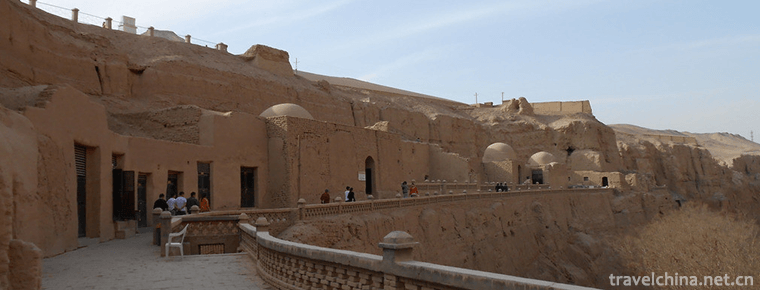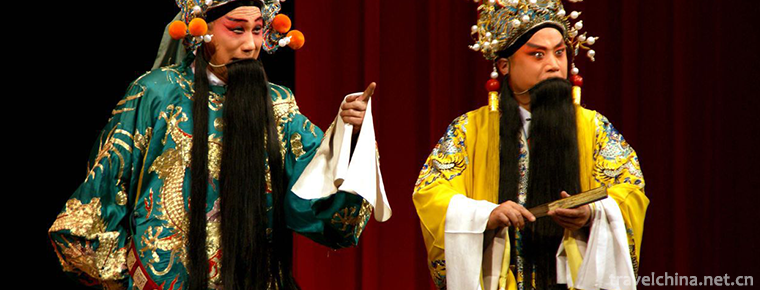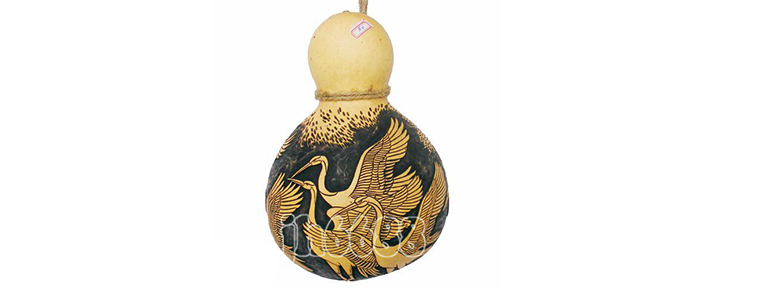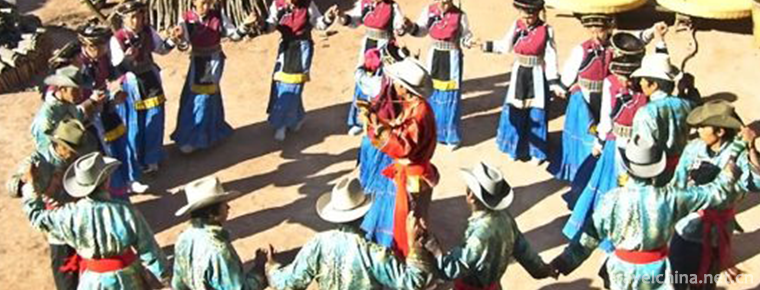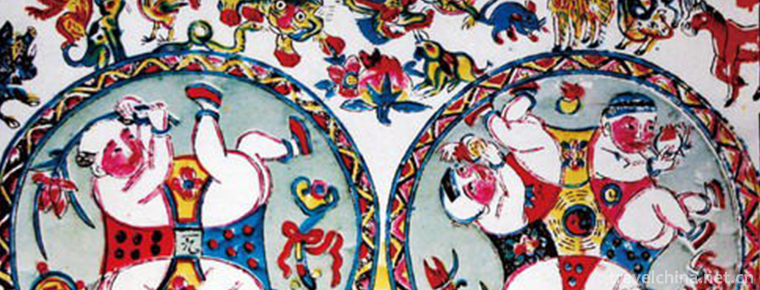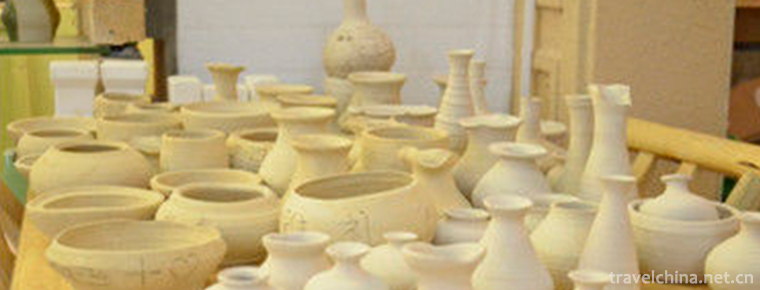Chengdu lacquer art
Chengdu lacquer art
Chengdu lacquer art, the traditional handicraft of Chengdu City, Sichuan Province, is one of the national intangible cultural heritage.
Chengdu lacquer art originated in Shang and Zhou Dynasties, matured in Han Dynasty, flourished in Tang Dynasty and continued to develop in Song, Ming and Qing Dynasties with a long history.
On May 20, 2006, Chengdu Lacquer Art was approved by the State Council to be included in the first batch of national intangible cultural heritage list, project number_-56.
historical origin
Chengdu lacquer has a very long history. It can be traced back to the ancient Shu Dynasty more than 3000 years ago. During the Warring States Period, Chengdu lacquer ware spread all over China. At that time, the level of Chengdu lacquer art was quite developed. In the Western Han Dynasty, on the basis of the original technology, Chengdu lacquer art invented the needle scratch filling method, as well as the stacking method of filling patterns with thick materials. Especially, it is popular to use agate or glazed beads as buttons and gold and silver buttons and hoops on the body of the utensils. At that time, Shu County and Guanghan County were already the national lacquerware production centers. The varieties included boxes, baskets, plates, ear cups, flat pots, cases, rolls, etc. The lacquerware is exquisitely and beautifully painted with useful colors, such as birds, animals and immortals. The lacquerware produced in Chengdu, Pixian and Northern Guanghan counties in Sichuan has formed its own style and become a self-contained whole.
In the Five Dynasties, the gold and silver inlaid lacquerware in Chengdu reached a fairly high level of technology. Judging from the large number of coffins, panels, albums, treasures and mirror boxes unearthed from Wang Jian's tomb, the lacquer art level at that time was very high.
Chengdu lacquer art reached an almost insurmountable height in the Tang Dynasty, with thick lacquer moulding and bulging pattern of stacking lacquer; with shells cut into images, thread carving and inlaid into threads on the lacquer surface; with honeysuckle chips inlaid into gold and silver strippers, etc., fully demonstrating the excellent skills of Chengdu lacquer ware at that time.
In the Ming and Qing Dynasties, Chengdu has become one of the national origins of carved lacquer and color-filling lacquerware. There are 14 types of lacquerware in Chengdu, including colored lacquerware, enamel, gold-tracing, paint-stacking, paint-filling, carving and filling, mole, rhinoceros skin, red-picking, rhino-picking, colorful, bamboo inlay, etc.
With the development of contemporary era, Chengdu lacquerware has formed its own unique style. Its traditional handicraft techniques such as carving and filling, silver mercerizing, mosaic depiction and other regional characteristics have been unanimously praised. At present, Chengdu lacquerware is still one of the top five lacquerware in China, which is as famous as Beijing, Fujian, Yangzhou and Yangjiang in Guangdong.
Process characteristics
Chengdu lacquer art, with many crafts, exquisite workmanship and long production time, is known as "carving knowledgers, hundreds of tricks and thousands of workers". Its complex raw material formula embodies the important inventions in Chemical Technology in ancient China; unique decoration techniques, such as "carving and filling, carving tin mercerizing, mosaic depiction" and other unique regional characteristics, as well as "flat drawing, broach needle carving, stacking paint technology" and other rare techniques, have their own genres, unique style in lacquerware technology.
In Chengdu lacquer art, carving and filling technology and tin flake flat support have the characteristics of generous and elegant shape, exquisite and graceful technology and moist. The carving and filling process, because of its gray paste-like paint color, shows its introverted and elegant quality, gentle and quiet color and luster in comparison with the crystal and clear paint surface, giving people a sense of affinity. In tin flake Pinto artworks, metal refraction flickers, changes are wonderful, paint surface is implicit and inclusive, giving people a generous and elegant aesthetic enjoyment.
Technological process
Chengdu lacquer art uses natural raw lacquer and solid wood as raw materials, including carving and filling, carving and filling flower, carving tin mercerizing, broach needle carving, hidden flower varnishing and other modification processes. Taking the carving and inlaying technology as an example, it mainly includes the following steps: first, design tire samples, decorative drawings and manufacture of wooden tires, and then, after many times of graying, brushing primer and polishing by lacquer workers, apply several polishing paints, each of which must be dry and grinded. Secondly, carving filling, that is, first to copy the designed decorative drawings to the body, with a knife to carve a negative picture. Then scrape the prepared paints into the shade lines and grind them with fine sandpaper until the lines are even with the paint surface. It can also be coated with gold and silver foil, then coated with multilayer transparent paint and ground. Thirdly, polishing and polishing, i.e. applying polishing paint on the surface of lacquerware, grinding it after drying, then rubbing it with hair or cotton vegetable oil, and polishing it many times to make the surface of lacquerware glossy and gorgeous.
Inheritance and protection
Inheritance value
Chengdu lacquer art is an important part of Chinese lacquer art. It is not only an important witness of the customs and the messenger of cultural exchange in Chengdu area, but also an important carrier of Chinese traditional aesthetic concept.
Inheritance status
Chengdu lacquer art is facing many difficulties. First of all, Chengdu lacquer art can only be manufactured by hand, but also can only be passed on orally and heartfelt, which makes it very difficult to pass on. Secondly, due to the narrow product market and the shortage of producers, Chengdu lacquer art is facing an embarrassing situation that there is no market. Only by taking necessary protective measures as soon as possible, can we save this ancient traditional handicraft.
Inheriting characters
Song Xiping, female, Han nationality, born in October 1951, was born in Chengdu, Sichuan Province. In June 2007, Song Xiping was selected as the representative successor of the first batch of national intangible cultural heritage projects. Chengdu, Sichuan Province declared.
Yin Liping, female, Han nationality, born in 1953, is from Chengdu, Sichuan Province. In June 2007, Yin Liping was selected as the representative successor of the first batch of national intangible cultural heritage projects and declared in Chengdu, Sichuan Province.
protective measures
In 1956, Chengdu Halogen Lacquer Society was established, which contributed to the inheritance of local lacquer technology. By 1960, the artists of Chengdu Halogen Lacquer Society grew to 200 at their peak.
On June 3, 2014, in the announcement about publicizing the list of "two bases" of intangible cultural heritage in Sichuan Province, the demonstration base of non-material cultural heritage blocks in Sichuan Province was selected as the first batch of non-material cultural heritage transmission bases in Sichuan Province.
social influence
Important activities
On August 22, 2018, Chengdu Lacquer Art Residence Program, a public welfare project aimed at protecting and continuing the beauty of Chengdu Lacquer Art, was launched in Chengdu, Sichuan.
Important exhibition
On July 26, 2017, "Sichuan First Lacquer Exhibition" was held in Sichuan Museum. A total of 96 pieces of fine lacquer works were exhibited by both the old artists who have been performing for more than 40 years, and the "post-90s" fresh fighters who have just left the university. Among them, 12 provincial masters of Arts and crafts participated in the exhibition.
From October 13 to 17, 2017, the second Changjiang intangible cultural heritage exhibition was successfully held in Wuhan International Convention and Exhibition Center, Hubei Province, in which Chengdu lacquer art was displayed.
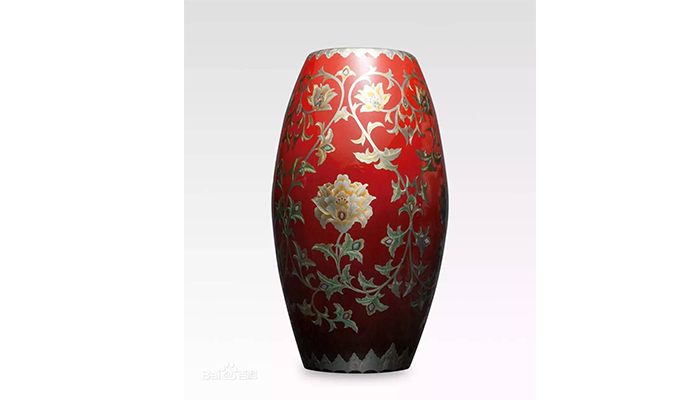
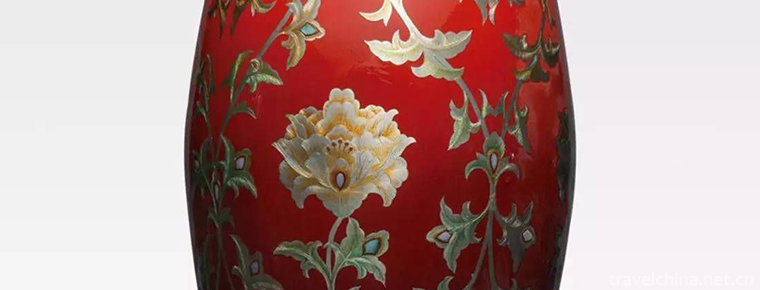
Chengdu lacquer art
-
Napa Lake
Naphai nature reserve is located in Shangri-La County, Diqing Tibetan Autonomous Prefecture, Yunnan
Views: 192 Time 2018-10-20 -
Bayanbulak Grassland
Bayinbrook grassland: formerly known as Yuledus grassland, Zhuledus grassland, Yuludus grassland, because it is mainly located in Xinjiang Bayinguoling Mongolian Autonomous Prefecture and the northwes
Views: 168 Time 2018-12-12 -
Bezeklik Thousand Buddha Caves
The Qianfo Cave in Bozikrik is located on the cliff on the West Bank of the Wood Trench, 45 kilometers east of Turpan City, Xinjiang. There are 83 caves and 57 caves
Views: 144 Time 2019-01-02 -
North Road Bangzi
Bangzi, also known as Shanglu Opera, is a local traditional drama in Datong, Shuozhou, Xinzhou and parts of Inner Mongolia and Hebei in northern Shanxi Province. It is one of the national intangible c
Views: 179 Time 2019-04-04 -
Ceramic Firing Techniques of Dengfeng Kiln
Dengfeng kiln ceramics firing technology is a National Intangible Cultural Heritage Representative project. Historical records began in the Tang Dynasty and flourished in the Song Dynasty.
Views: 172 Time 2019-04-26 -
Gourd sculpture
There are two techniques for carving gourds. One is to use three kinds of special steel needles, large, medium and small, to carve the landscape, flowers and characters in the gourd
Views: 398 Time 2019-05-03 -
Pumi rubbing
Pumi nationality rubbing "rubbing consultation" is Pumi language, "rubbing" means dancing, "rubbing" means dancing, that is, dancing. When dancing, the leader strikes the
Views: 325 Time 2019-06-09 -
Wuqiang Wood Engraving New Year Picture
Wuqiang New Year's Painting is one of the traditional folk crafts in Wuqiang County, Hebei Province. It is named for its origin in Wuqiang County, Hebei Province. It is a unique style of Chinese folk
Views: 126 Time 2019-06-30 -
Zezhou Sixianshu
Zezhou Sixianshu is a popular performance form in Zezhou Prefecture, Shanxi Province in Qing Dynasty. It is named after Sixian (Sihu) as the main accompaniment instrument. There is no documentary info
Views: 361 Time 2019-07-16 -
Firing Techniques of Copper Official Ceramics in Changsha Kiln
Changsha kiln copper official ceramics firing technology, Hunan Province's traditional handicraft, one of the national intangible cultural heritage.
Views: 237 Time 2019-07-25 -
Resources and environment of Leshan
By the end of 2018, the total energy consumption of Leshan City was 15.3994 million tons of standard coal, an increase of 580900 tons of standard coal over the previous year. The energy consumption of 10000 yuan GDP decreased by 4.38%.
Views: 169 Time 2020-12-17 -
Meishan water resources
There are 27887 water conservancy projects in Meishan City; there are 15 rivers with a drainage area of more than 100 square kilometers. Among them, Minjiang River flows through Pengshan, Meishan and Qingshen counties from north to south, with an internal flow length
Views: 337 Time 2020-12-18


